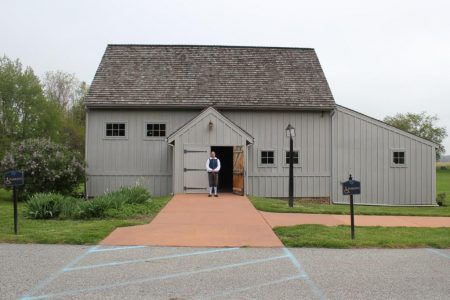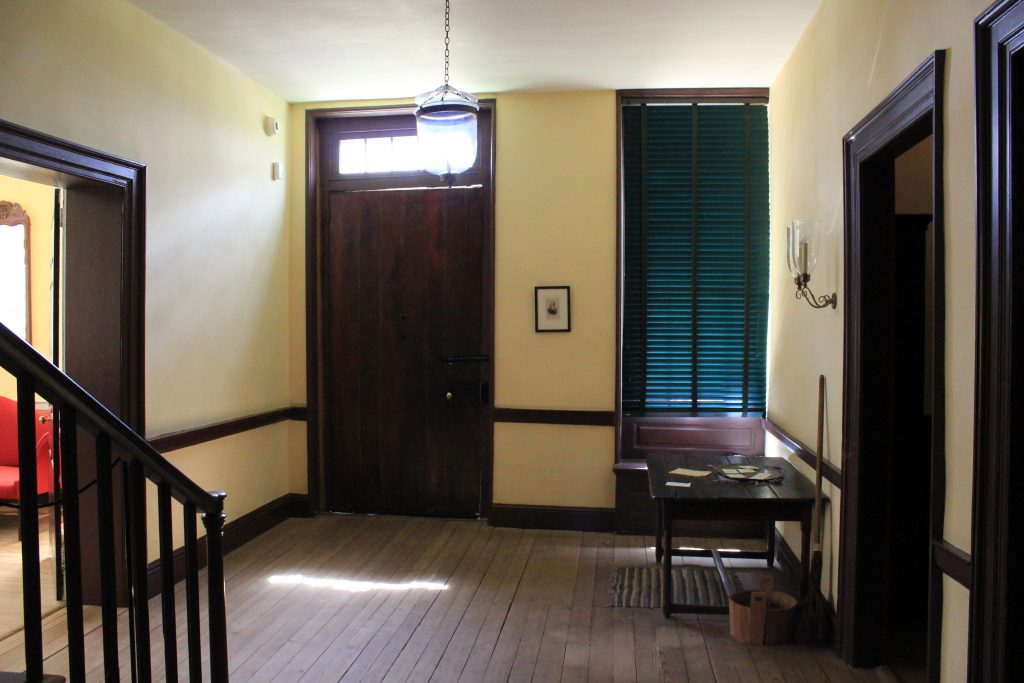John Dickinson Plantation

The John Dickinson Plantation was home to a variety of people. We share the stories of the tenant farmers, indentured servants, free and enslaved Black men, women, and children who lived, labored, and died on the plantation. John Dickinson was a framer and signer of the U.S. Constitution and was known as the “Penman of the Revolution.” He was an American founding father, who wrote of freedom and liberty for all while holding human beings in bondage.

Plantation Stories Project
The Project’s directive is to research, compile, record, and share information about all enslaved, indentured, freedom-seeking, and free Black people connected to land over which the Dickinson family claimed ownership. The website and the research team behind it is dedicated to sharing the stories of people who lived, labored, and died on or in the vicinity of the John Dickinson Plantation and on other Dickinson family landholdings. The Project endeavors to give voice to people whose stories have been marginalized and largely lost to time as well as recognizes their humanity and agency.
Explore the Plantation Stories Project
African Burial Ground
For information, please go to our our Frequently Asked Questions page.
View a panel discussion about the African Burial Ground, moderated by Governor John Carney.
Plantation Timeline
The Dickinsons’ Delaware plantation was John Dickinson’s boyhood home, where he lived from the ages of 8 to 18. John Dickinson studied law and became a lawyer and statesman. He married Mary Norris and together they had two children, Sally and Maria. This timeline contains more details about his life and the plantation

Visitor Information
Admission
The museum is open to the public and admission is free. Donations are accepted.
Hours of Operation
Sunday & Monday: Closed
Tuesday: Outdoor visitation only. 10AM-4PM
Wednesday – Saturday: Visitor center and grounds open 10AM-4PM
Hours subject to change.
Mansion Tours
Thursdays – Saturdays:
10:30AM, 11:30AM, 1:30PM, 2:30PM, and 3:30PM
All Mansion tours are guided. Large groups require prior reservations. Visit our Group Tours page for more information.
Parking
Ample, free parking is available. Accommodations for buses are available.
Accessibility
The visitor center and first floor of the mansion are accessible to people with disabilities.
Address
340 Kitts Hummock Road
Dover, DE 19901
Contact Information
Phone: (302) 739-3277
Email: JDPmuseum@delaware.gov
Directions
We are located southeast of the Dover Air Force Base.
From Route 1/113 take Exit 91 for Route 9 Kitts Hummock/Little Creek. Once on Route 9 turn right on Kitts Hummock Road. Follow Kitts Hummock Road to the plantation entrance.
Museum Gallery







